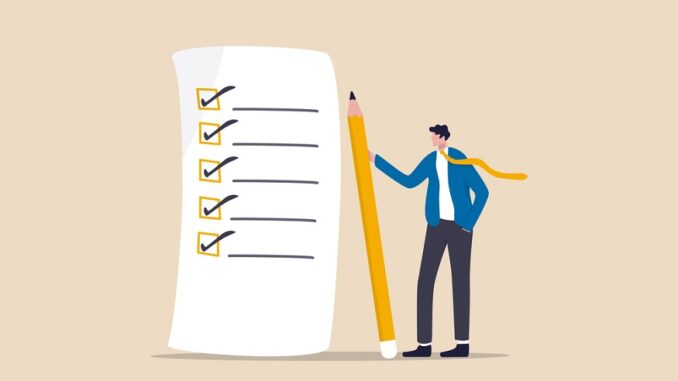
Imagine a consumer who purchases all sorts of products eligible for rebates, yet never takes advantage of said rebates. That consumer is throwing free money down the drain. Yet that is exactly what some companies do by not claiming their rightful duty drawback refunds from U.S. Customs.
Does your company import and export? If so, are you claiming any duty drawback refunds you are due? Some estimates suggest that as much as 70% of all such refunds go unclaimed every year. According to Vigilant Global Trade Services, failing to claim a company’s refunds is generally a matter of ignorance. Simply put, companies do not know they are eligible for them.
Since the Nation’s Founding
The duty drawback principle is not a modern creation. It has been part of U.S. trade policy since the founding of the nation. Not only that, but nearly every country in the world offers some sort of duty drawback to domestic manufacturers. The whole goal of duty drawback is to help manufacturers compete against lower priced goods on international markets.
If there is a downside to duty drawback, it’s the fact that taking advantage of it is not as simple as making a phone call or sending an email. Manufacturers have to go through a tightly regulated process to get their refunds. But when you consider how much money stands to be gained, putting in the time and effort is well worth it.
Up to 99% Back
Duty drawback is based on the concept of importing parts and materials that will be used to create finished products ultimately destined for export. For example, imagine you run a company that manufactures digital imaging equipment. Some of the parts you utilize come from manufacturers in other countries. You pay a duty on those parts with every shipment received.
Now let’s say that 75% of your finished pieces end up being exported. You could claim duty drawback from Customs and get back up to 99% of the duties, taxes, and fees you paid on that portion of the parts that were used to make the exported goods. In this fictional example, this would equate to roughly 75%.
The Nature of Exported Products
One of the best aspects of duty drawback is that qualifying goods can be just about anything. For instance, one of the parts you import might be an aluminum rail that could be utilized to manufacture anything from a computer printer to a commercial sewing machine. You can still use it in your imaging equipment and claim the duty drawback on it.
This is to say that your exported goods do not need to have a particular design or use in order to qualify. The way you use imported parts may or may not be substantially different from the way another manufacturer uses them. What matters most is that the parts themselves are being put into goods you intend export.
Applicable Industries
The duty drawback program has undergone constant evolution since it was first codified in U.S. law. At first, it was fairly narrow in terms of applicable industries. The program is a lot broader today. It applies to agricultural products, the automotive industry, all sorts of consumer goods, petroleum products, industrial chemicals, and so much more.
Companies unsure of their drawback duty status can always consult with Customs. They can also work with an expert global trade service provider, like Vigilant. The important thing is understanding duty drawback eligibility and then, where applicable, claiming refunds. Getting back up to 99% of paid duties, taxes, and fees goes a long way toward making exported goods more competitive.

Leave a Reply
You must be logged in to post a comment.